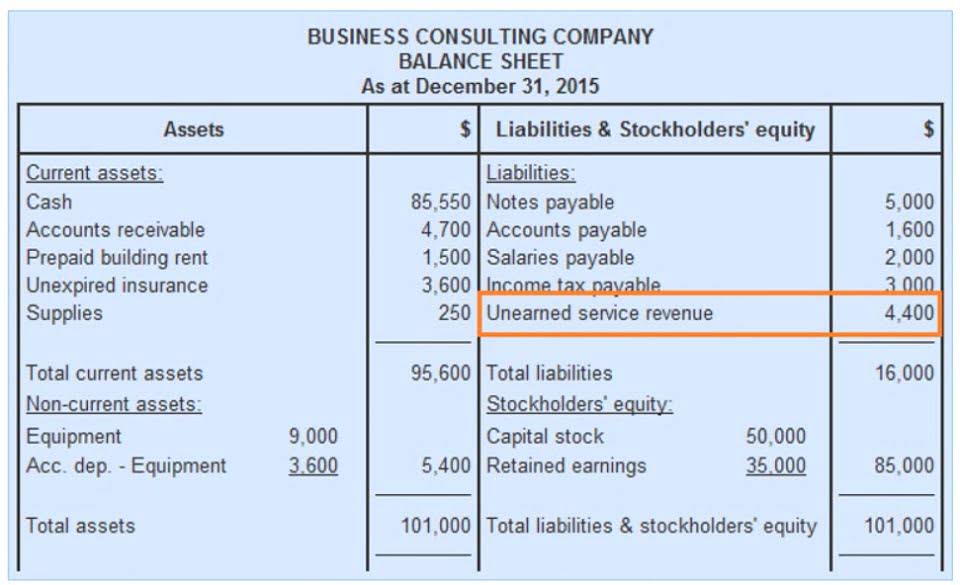Content

To make the mark-to-market election for 2021, you must have filed an election statement no later than the due date for your 2020 return . The statement must be attached to that return or with a properly filed request for extension of time to file that 2019 return (Form 4868, Application for Automatic Extension of Time To File U.S. Individual Income Tax Return). Since all positions are marked to market at year end, there are no wash sales to calculate or report to the IRS. Many active traders find this election appealing as a way to make filing simpler — and possibly reduce their taxes.
- This article discusses some procedural and administrative quirks that have emerged with the new tax legislative, regulatory, and procedural guidance related to COVID-19.
- In general, mark-to-market accounting runs the risk of being inaccurate.
- Although this isn’t necessarily a substantial disadvantage, the truth is mark to market can’t tell how the price at the closing bell was formed.
- Although most decisions have adopted this approach, there are exceptions.
- In contrast, other accounts will still reflect historical costs, meaning the assets’ original purchase price.
- A bank or investing firm with a portfolio of investments, like tradable securities, may see its net worth drop precipitously as the companies it has invested in are failing.
- It’s recommended to use reputable tax and accounting services to handle these complex filings.
Don’t get lost in the fog of legislative changes, developing tax issues, and newly evolving tax planning strategies. Tax Section membership will help you stay up to date and make your practice more efficient. 2 In 1975, the Securities and Exchange Commission made fixed commission rates illegal, leading to lower commissions that made the cost of day trading affordable. In I975, the Securities and Exchange Commission made fixed commission rates illegal, leading to lower commissions that made the cost of day trading affordable. The Vines decision contains a detailed discussion of all the issues presented here and is a blueprint for practitioners and taxpayers in similar situations. However, using numerical tests is not a foolproof formula; in practice, such tests would be easy to meet. In fact, automated programs—robots—are now available that allow individuals to produce whatever number of transactions they choose.
Company
When the price of technology stocks plummeted, he received a margin call that he failed to cover. As a result, in April 2000, Vines’s brokerage firm liquidated his entire account, resulting in a loss of over $25 million. The Paoli decision once again demonstrates the importance of meeting all the criteria.
- Mark-to-market accounting in real estate accounting means valuing real estate assets based on the price the property would sell for if it were sold today.
- 45 Lehrer had traded securities in 1999, 2000, and 2001, generating substantial capital losses during the last two years.
- SFAS 157 provides a definition of “fair value” and how to measure it in accordance with generally accepted accounting principles .
- The due date for this election is the extended due date of the tax return.
Originally introduced to assess the value of futures contracts, mark-to-market accounting has become prominently used in over-the-counter derivatives markets, including spot trade and forward contract markets. Exhibit 1 on p. 127 shows the various tax treatments of traders, investors, and dealers. Assuming trader status is desirable, there are a number of steps that individuals can take to help them qualify as traders and for the mark-to-market election. Based on the number of recent court decisions, the IRS is closely watching mark-to-market elections. The cases make it clear that the IRS is very reluctant to grant trader status, and the courts seem to agree. In virtually all the recent cases, it would appear—at least at first glance—that the taxpayer’s facts adequately supported trader status. As one might expect, there are no specific guidelines regarding any of these variables, the number of trades per year, the length of the holding period, or the total activity during the year.
Examples of Mark to Market
Traders who focus on futures and future options should be aware of the 1256 tax treatment in mark-to-market accounting. Namely, the Section 1256 contract is an investment defined by the Internal Revenue Code as a regulated futures contract, foreign currency contract, non-equity option, dealer, dealer securities futures contract, or equity option. These contracts must be marked to market if kept until the end of the tax year.
- If you think your business could benefit from mark-to-market accounting, contact an Anderson Advisorstax experttoday!
- If your position is in loss and you do not have sufficient balance in your account the position might be squared a margin penalty will be levied.
- Mark-to-market accounting is also used to register the replacement costs of personal assets.
- Other major industries such as retailers and manufacturers have most of their value in long-term assets, known as property, plant, and equipment , as well as assets like inventory and accounts receivable.
Dealers’ and traders’ expenses are considered business expenses and are deductible subject to any special rule or limitation. Mark to market is an accounting method that is based on measuring the value of assets based on their current price. It is also called a fair mark to market accounting value accounting that measures the value of assets or liabilities whose value can change over time. Hence, ‘fair’ value approach is adopted when measuring these accounts . Mark to market show the current market value of market price of assets and liabilities.
Is mark-to-market accounting still used?
It can vary depending on whether a taxpayer is considered a dealer, an investor, or a trader. In addition, taxpayers who are considered traders are entitled to make the Sec. 475 election to use the mark-to-market rules. Thus, there are four different types of tax treatment for taxpayers who buy and sell securities.

Once long-term contracts were signed, the company estimated the income based on the net future cash flow’s present value. However, this resulted in the intentional creation of discrepancies between the cash and the reported profits. Brokers use mark to market within other types of trading activity to grant investors access to margin accounts. Alternatively, to allow them to borrow funds and trade on credit to multiply their purchasing power. Here is a practical example of how mark to market is applied within futures contracts. As with any other instrument, trading futures contracts requires two sides – a buyer and a seller.
How Did Enron Use Mark-to-Market Accounting?
A dealer’s income is derived from the services provided, charging a markup on buying and reselling rather than obtaining profit from price fluctuations in the securities. A stockbroker who owns shares that he or she sells to customers at a market price plus a commission would be a bona fide dealer. Floor brokers and specialists at a stock exchange are people whose business it is to put investors together and who properly receive ordinary income treatment as dealers. Mark-to-market accounting provides a more realistic financial picture, which is especially helpful for stockholders in determining whether a firm is on the verge of going out of business. Proponents of this accounting method believe that the Savings and Loans Crisis of 1989 could’ve been prevented if banks and other lending entities had used this accounting method rather than the historical cost accounting. The crises occurred because banks recorded the original price they paid for assets, making adjustments in the books only when assets were sold.
- 97-39, the IRS provided instructions on how to make the mark-to-market election, using a question and answer format (i.e., issues and holdings).
- It is used primarily to value financial assets and liabilities, which fluctuate in value.
- Eric is a duly licensed Independent Insurance Broker licensed in Life, Health, Property, and Casualty insurance.
- In most cases in which a court found the taxpayer to be a trader, trading was the primary income-producing activity.
- Above all, unlike dealers, investors do not have customers but buy and sell on their own behalf.
- When the mark-to-market accounting method is used, the value of an asset is adjusted to show its value based on current market conditions.
- 31 Under the mark-to-market method of accounting, any security held by a dealer or an electing trader, whether inventory or not, must be included in inventory at its FMV at year end.
